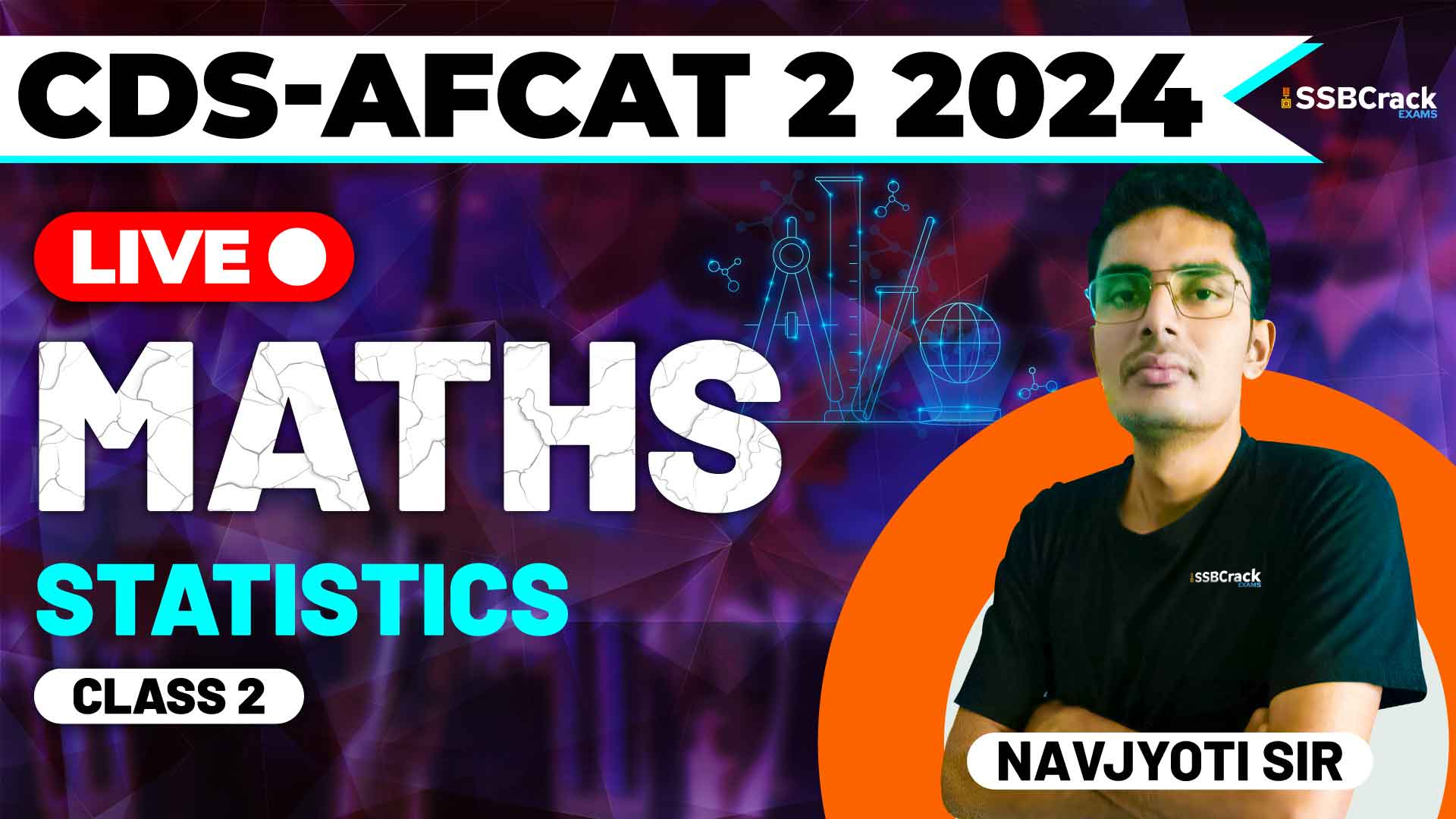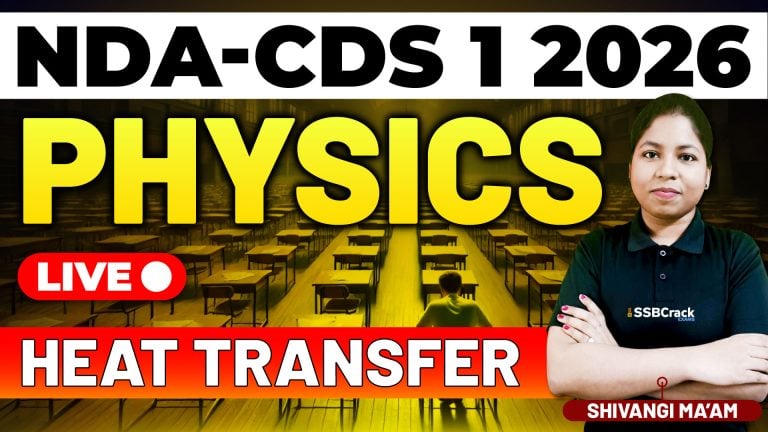Statistics is a fundamental component of the mathematics syllabus for competitive exams like the Combined Defence Services (CDS) and Air Force Common Admission Test (AFCAT). A recent class dedicated to this topic aimed to equip students with the necessary skills to tackle statistical problems effectively, primarily through the discussion and practice of multiple-choice questions (MCQs). This article highlights the key concepts covered in the class, the importance of mastering these topics, and practical strategies for solving statistics-based MCQs.
The Importance of Statistics in Competitive Exams
Statistics plays a crucial role in the mathematics sections of CDS and AFCAT exams. It involves collecting, analyzing, interpreting, presenting, and organizing data. Proficiency in statistics not only enhances overall exam performance but also develops analytical thinking and data interpretation skills, which are invaluable in various fields.
Key Concepts in Statistics
The class focused on several essential statistical concepts, providing students with a comprehensive understanding of each. These topics included different types of data, measures of central tendency, and various methods of data representation. The practical application of these concepts through MCQs was a central theme of the class.
Measures of Central Tendency
Measures of central tendency are statistical measures that describe the center point of a data set. The class covered the three main measures:
- Mean: The average of all data points.
- Median: The middle value when data points are arranged in ascending or descending order.
- Mode: The most frequently occurring value in a data set.
Representing Data
Data representation is a critical aspect of statistics, making it easier to understand and interpret data. The class discussed various methods of representing data visually:
- Bar Graph: Uses rectangular bars to represent data values.
- Pie Chart: A circular chart divided into sectors representing proportions.
- Histogram: Similar to a bar graph but used for continuous data, with bars representing frequency distributions.
- Frequency Polygon: A line graph that shows the frequency of data points.
- Cumulative Frequency Curve (Ogive): Shows cumulative frequencies for data points, with two types:
- Less than Ogive: Plots cumulative frequency against the upper class boundary.
- More than Ogive: Plots cumulative frequency against the lower class boundary.
Advanced Concepts
In addition to the basic statistical measures and data representation techniques, the class also explored advanced topics such as geometric and harmonic means and their relationships with the arithmetic mean.
- Geometric Mean: The nth root of the product of n numbers.
- Harmonic Mean: The reciprocal of the arithmetic mean of the reciprocals of the data points.
Application Through MCQs
The class primarily focused on solving MCQs to apply the statistical concepts discussed. Practicing MCQs is crucial for several reasons:
- Familiarity with Question Patterns: Regular practice helps students become familiar with the types and patterns of questions that appear in the exams.
- Time Management: Solving numerous MCQs improves speed and accuracy, which are essential for managing time effectively during the exam.
- Concept Reinforcement: Applying statistical concepts in different problems reinforces understanding and aids in long-term retention.
Strategies for Solving Statistical MCQs
The class highlighted several effective strategies for tackling statistical MCQs:
- Understand the Concepts: Ensure a clear understanding of statistical terms and their applications.
- Practice Regularly: Consistent practice of various MCQs helps in familiarizing with different question types and improves problem-solving speed.
- Use Visual Aids: Drawing charts or graphs can aid in better understanding and accurate solution derivation.
- Review Mistakes: Analyzing errors made during practice helps in identifying weak areas and avoiding similar mistakes in the future.
Conclusion
Mastering statistics is essential for success in the CDS and AFCAT exams. The recent class provided a thorough understanding of key statistical concepts such as types of data, measures of central tendency, and data representation techniques, along with advanced topics like geometric and harmonic means. By focusing on these areas and practicing regularly, students can significantly enhance their performance in the mathematics section of these competitive exams.
Consistent practice, a clear grasp of fundamental concepts, and strategic problem-solving are the keys to excelling in statistics. With dedicated preparation and a strong understanding of statistical principles, students can approach the CDS and AFCAT exams with confidence and achieve their desired results.

















